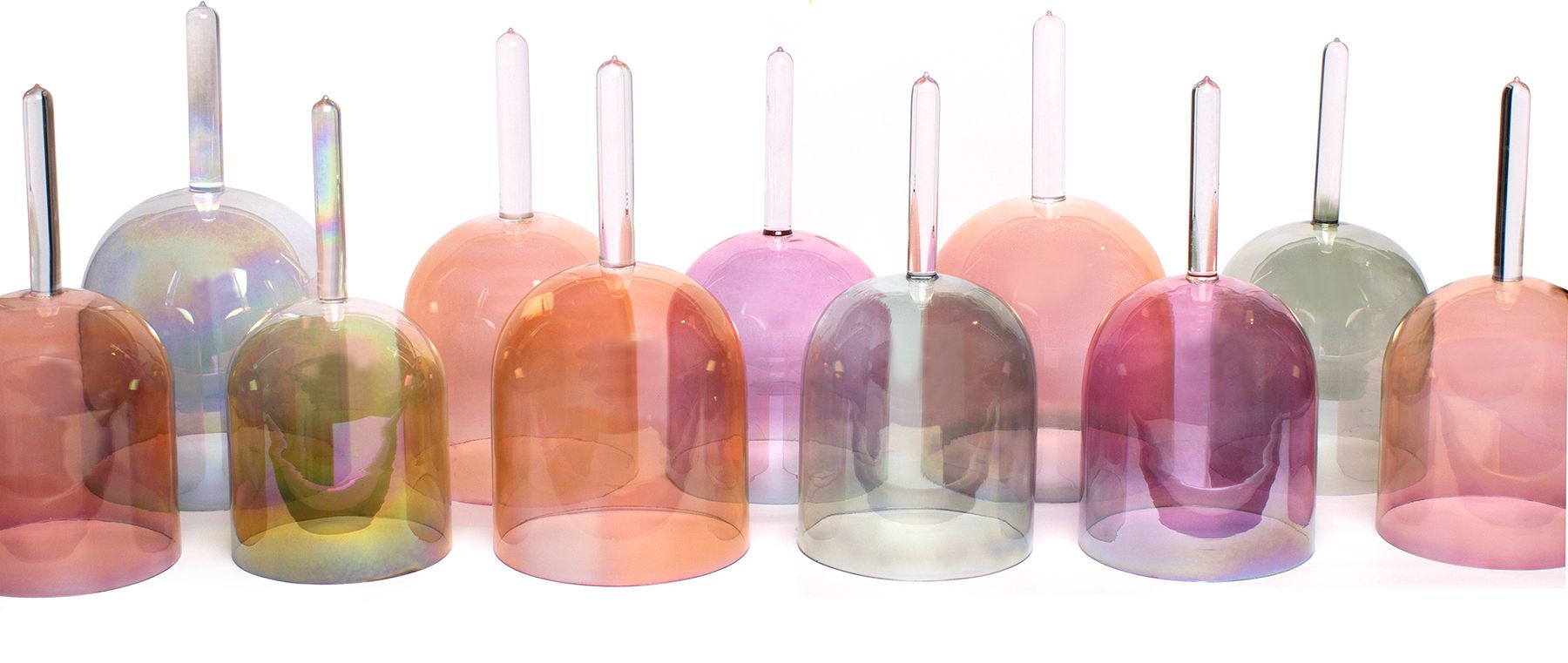- HOME
- PRODUCTS
- Frosted Crystal Singing Bowl
- Alchemy Magic Crystal Bowl
- 12-inch Crystal Singing Bowl
- Crystal Singing Bowl Chord Set
- Musical Instruments for Concerts
- Crystal Singing Chalice
- Handle Crystal Singing Bowl
- Crystal Pyramid
- Crystal Harp & Tuning Fork
- Wind Chimes
- China Gong
- Percussion Instruments
- Crystal Bowl & Chalice & Pyramid &Ballistic Case
- PRODUCTION
- COMPANY
- DYNAMIC
- VIDEO
- CERTIFICATES
- CONTACT US
Ancient Music Therapy - Modern Music Therapy
In ancient China, there were famous doctors who used music instead of needles, stones and ointments to cure diseases. More than 2,000 years ago, the classic Chinese medical work Huang Di Nei Jing (The Yellow Emperor's Classic of Internal Medicine) put forward the theory of “five tones to cure diseases”. It is believed that different music (Gong, Shang, Horn, Zheng, Feather) corresponds to the five human organs (liver, heart, spleen, lungs and kidneys), and that music influences people's moods to improve the function of the corresponding internal organs. Ancient Chinese music therapy utilizes the rhythms, melodies and tones of music to harmonize the balance of yin and yang in the human body through the selection of specific musical repertoire, thus achieving the effect of treating diseases and promoting health. The book “Zuo Zhuan” also appeared that music has a flavor like medicine, and often listening to the wonderful sound can make people free from all diseases and prolong life.
Westerners study music therapy appeared in the early twentieth century, 1940 in the United States at the University of Kansas formally became a discipline. After more than half a century of development, music therapy has become a mature and complete fringe discipline, through hundreds of clinical treatment methods, forming a number of theoretical schools. More than 80 universities in the United States offer music therapy programs, while there are about 4,000 state-registered music therapists working in psychiatric hospitals, general hospitals, geriatric hospitals, children's hospitals, special education schools, and a variety of psychological clinics. This shows that music therapy, as an interdisciplinary therapeutic approach, has not only been recognized and developed in the academic world, but has also demonstrated its value and effectiveness in practical application.
Sound therapy in the 20th century has focused on exploring the relationship between sound and health and how sound can be used to improve or restore human health, from the initial exploration of traditional music therapy to more specific vibroacoustic therapy. From there, improved music and sound frequencies were used to positively affect various systems of the body. In particular, music was used to improve the emotional state of wounded soldiers in an American field hospital during World War II. This therapy was based on audio waves in the 30Hz-120Hz range.
It wasn't until modern sound therapy gained widespread recognition that it is now used in a variety of settings including yoga studios, schools, hospitals, wellness centers, spas and other places. It plays a good role in reducing stress, alleviating pain and relaxing the body and mind. Sound baths allow participants to immerse themselves in the soothing tones of Himalaya bowl, crystal singing bowls, wind chimes, gongs, drums, and other musical instruments as sound baths become popular by inducing participants to enter into deep meditation. Listening to specific combinations of frequencies has gained attention for its potential to enhance concentration, creativity and sleep.
The remarkable history of sound therapy has endured across countries and cultures, and from ancient civilizations to the modern world, sound has been recognized as a powerful agent in healing, rejuvenation, and personal growth. As we continue to explore the complex relationship between sound frequencies and well-being, sound therapy promises to give us a deeper understanding of the harmony of the world around us.
Crystal Meditation Musical Instrument
-
![]()
Carnelian Crystal Singing Bowl TML-205 - Yoga Meditation Musical Instrument
-
![]()
Teal Titanium Alchemy Magical Crystal Sound Healing Singing Bowl TML-165 - Yoga Meditation Musical Instrument
-
![]()
Amethyst Alchemy Magical Crystal Sound Healing Singing Bowl TML-128 - Yoga Meditation Musical Instrument
-
Kunzite, Rhodochrosite Alchemy Holding Singing Chalice TMSB-049 - Yoga Meditation Musical Instrument
-
![]()
Citrine Aura Alchemy Magical Crystal Sound Healing Singing Bowl TML-070 - Yoga Meditation Musical Instrument
-
![]()
Kunzite & Platinum Alchemy Magical Crystal Sound Healing Singing Bowl TML-074 Yoga Meditation Musical Instrument
-
![]()
Rose Quartz Alchemy Magical Crystal Sound Healing Singing Bowl TML-161 - Yoga Meditation Musical Instrument
-
![]()
Pink Tourmaline & Platinum Alchemy Magical Crystal Sound Healing Singing Bowl TML-069 Yoga Meditation Musical Instrument
-
![]()
Alchemy Magical Crystal Sound Healing Singing Bowl TML-131 - Yoga Meditation Musical Instrument
-
![]()
Kyanite Alchemy Magical Crystal Sound Healing Singing Bowl TML-146 - Yoga Meditation Musical Instrument
Be a part of us
We are from China and we provide exclusive offers and behind-the-scenes support to make you worry-free.
AMAZING SOUND, a premium sound healing brand, espouses meditation and sound baths.
We have a unique collection of over 100 crystal singing instruments and are currently the largest supplier of quartz handcrafted products stateside.
Contact Us
About Us
Careers
Shipping Policy
Change & Return Policy
Refund & Cancellation Policy
Privacy policy
Taobao Store
Alibaba Corporation Store
Contact Us
Blog
FAQ
Wholesale
Product Video

 English (United Kingdom)
English (United Kingdom)  China (中国)
China (中国) 










